We don’t like thinking about death, with good reason. It’s scary and uncomfortable, but it happens to us all. Nothing lives forever. But the end of one living thing is the beginning of many others, or at least the middle. Heads up that post is on the macabre side.
The bearded vulture is a specialized scavenger whose diet consists almost entirely of bones. Image by Tambako the Jaguar.
When something dies and is left to the elements, its body decays and decomposes. It’s not a pleasant process to witness - it’s gross, it smells bad, and it attracts creatures that we humans don’t like much (e.g. bugs, mold, vultures). But those creatures are tremendously important, and honestly pretty fascinating in a morbid sort of way. Scavengers and decomposers are the clean-up crew of the natural world, not unlike the sanitation department of a large city. Long story short, things would be pretty horrible without them.
Let’s look at this process in one very specific case. I’ve written about this before, but one of my most memorable wildlife encounters was witnessing a pride of lionesses scarfing down the remains of a giraffe, on a hot and sticky day in Kruger National Park, South Africa. Here’s what likely happened with that giraffe over the entire course of its death:
The giraffe died, presumably from being hunted by lions, but it might have been hunted by other pack predators like hyenas or African wild dogs. Thanks to movies like The Lion King, there’s a stereotype that lions hunt and hyenas scavenge, but in reality, hyenas are just as likely to hunt fresh prey, and lions are just as likely to steal from them.
In any case, when I was there, the dead giraffe was feeding the large predators of the savannah – the obligate carnivores (animals that must eat meat, and only meat, to survive). Other scavengers were starting to move in too, including hyenas, jackals, and several treefulls of vultures.
Once the large scavengers finished their work, the next group to make use of the ex-giraffe would have been the osteophages – bone eaters. These are animals that are usually herbivores (plant eaters), but they lick or chew on bone for nutrients like phosphate and calcium. Osteophates of Kruger National Park include various antelopes, wildebeests, cape buffalo, desert tortoises, and … well, other giraffes.
Any pieces of the giraffe that were left by that point would have been taken care of by decomposers like insects and worms. And bacteria would have been there the whole time - hence the horrible smell of decay as bacteria break down organic material. Fungi (like mold) help break things down too. As it decomposes into smaller and smaller pieces, the materials that once made up the living giraffe get cycled back into the soil.
All parts of the ecosystem gain nutrients and resources from the giraffe - from the top predators all the way down to the lowly microbes. Eventually, all those components get recycled into new plant life, which provides resources for other creatures – including new giraffes. And it’s all thanks to scavengers and decomposers.
These shelf fungi are decomposing a fallen tree and turning it into mulch and soil. Image by Courtney Celley, via USFWS.
And so the cycle goes on. Death and decay is a crucial part of a functioning ecosystem, whether it’s a dusty savannah, a muggy swamp, or the darkest depths of the ocean. It may not be pleasant, thinking about death, but we can at least find some peace in knowing that it benefits so many other living things.
